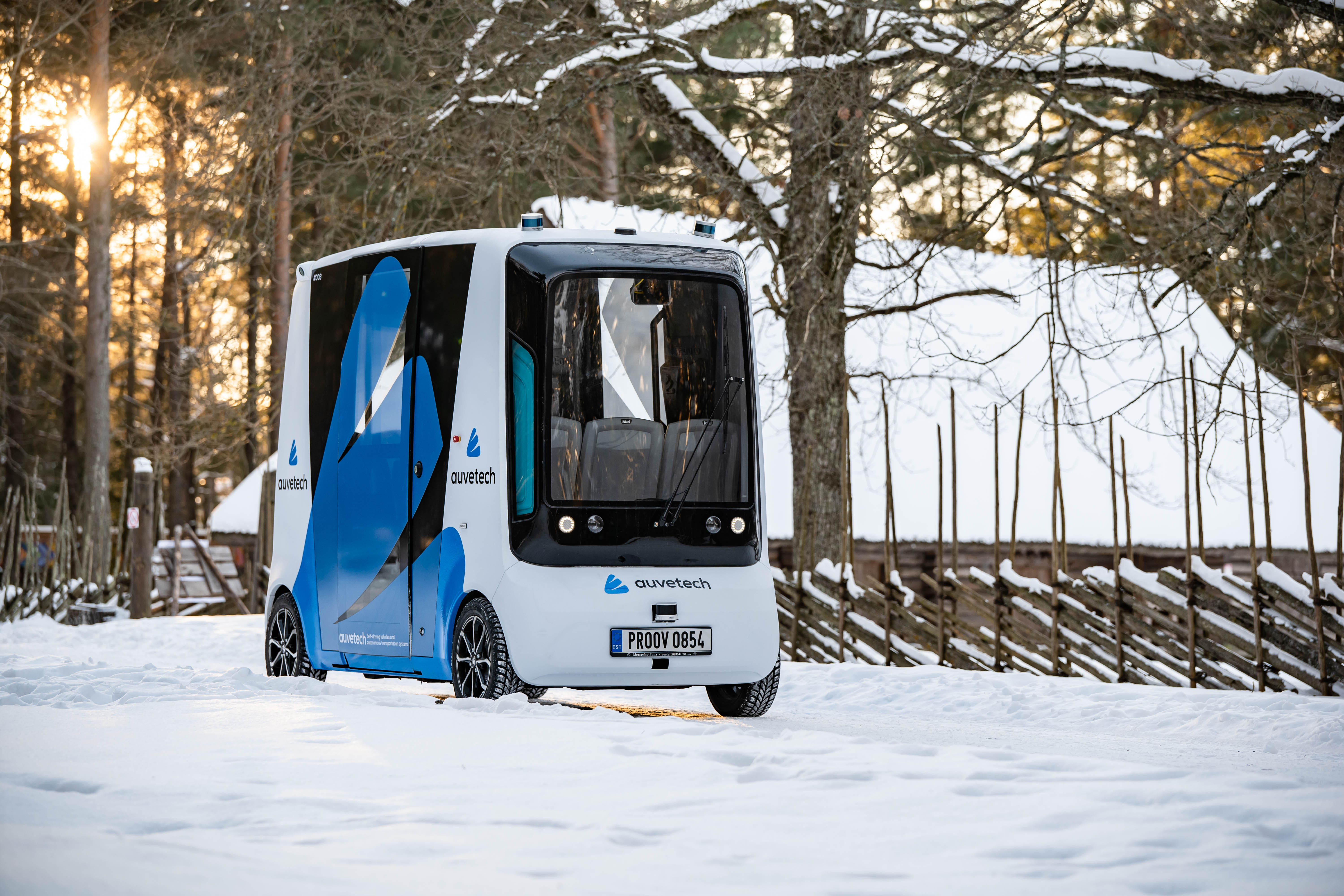
Travel around Estonia
Need to know how to get around Estonia? Our guide provides tips on using public transport, cars, bikes, trains, planes, and more!
Estonia's transportation infrastructure is well-developed.
You can travel by car, bus, ferry, bike, plane, or train or simply walk! Estonia is compact, making it easy to travel around once you get here.
Urban public transportation
The Public Transport Card (Ühiskaart) is an electronic, contactless card.
If you have an Ühiskaart, you can:
- identify your transportation rights for public vehicles
- use as travel fare, valid with an identity document
- load e-tickets to the card
- buy tickets by loading money on the card
- use Park-and-Ride parking
You can purchase a Ühiskaart from sales points for 3€. In Tallinn, you can also use all Mastercard, Maestro, Visa, and Visa Electron bank cards at the rectangular orange validators in the front of the tram, trolley, or bus.
Travel cards are interchangeable throughout Estonia and on intercity lines regardless of the place of purchase (except for Tartu travel cards, which cannot be used in Kohtla-Järve).
Today, almost all rural public transport is based on fixed routes and timetables. Of course, these fixed routes don't reach all residents in sparsely populated areas, and they may not always meet people's actual needs. This is why demand-based transport is being brought to Saaremaa. The goal is to test demand-driven public transport to gain insight into how users would benefit from this type of service.
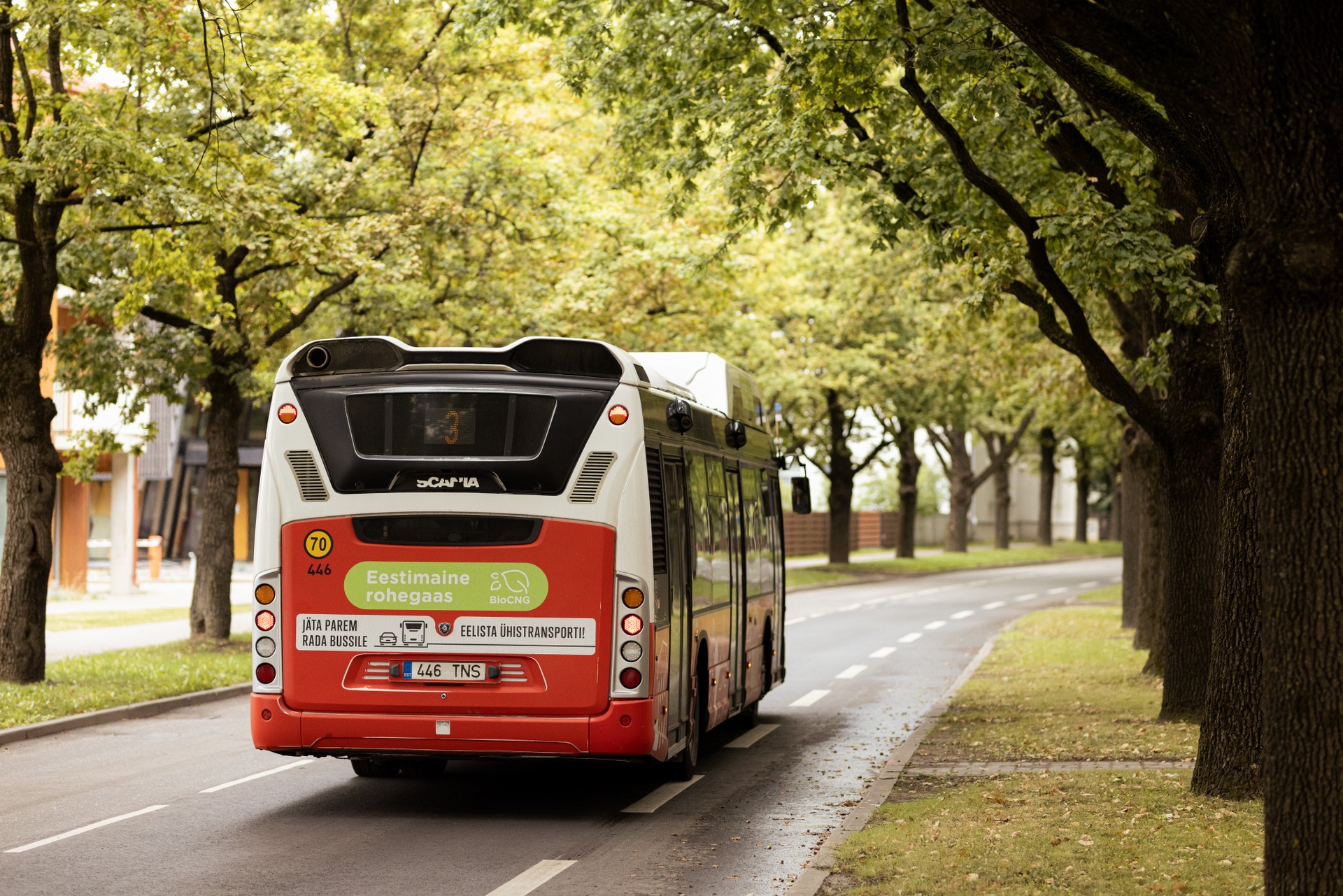
Photo author: Renee Altrov
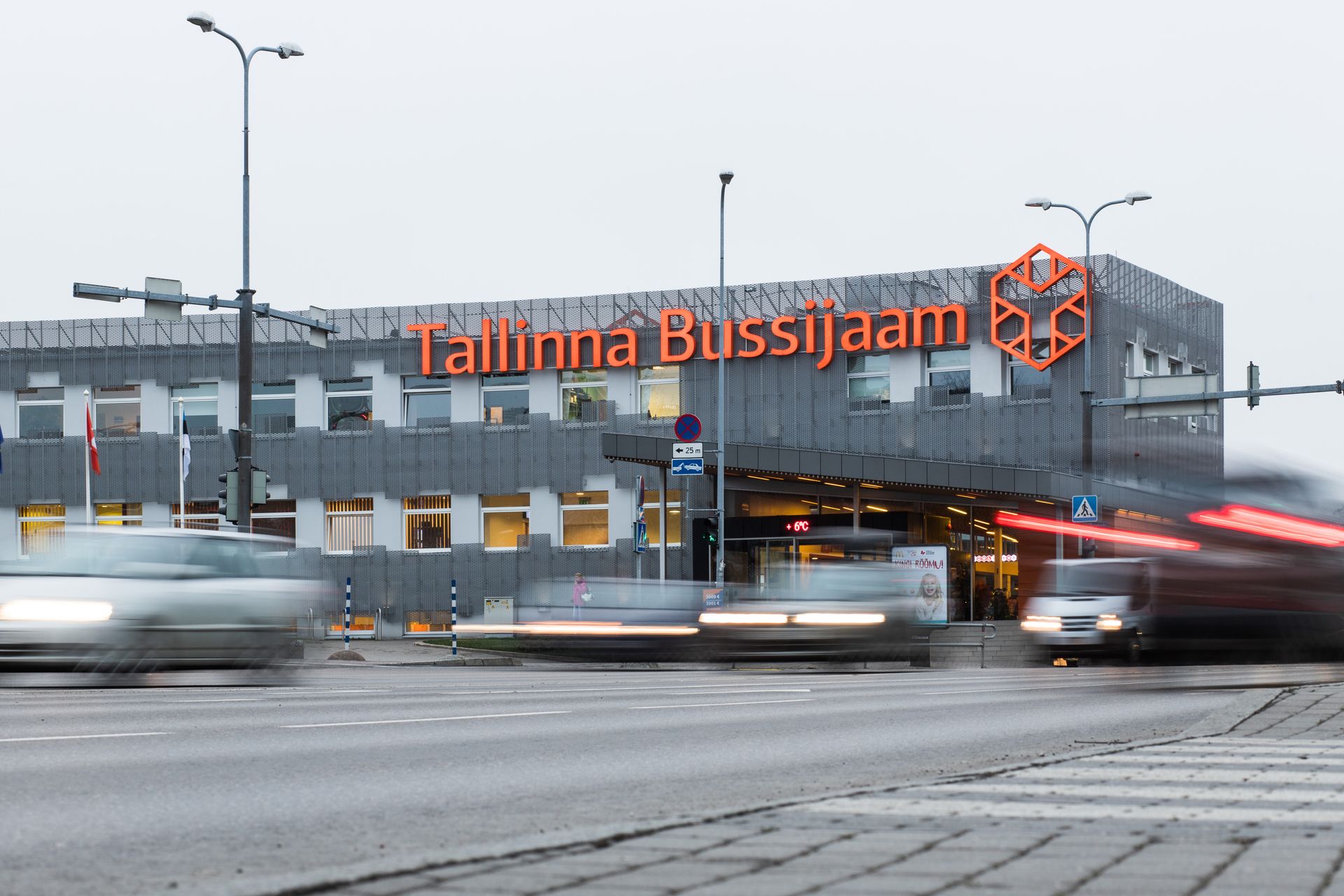
By bus
Get most anywhere in mainland Estonia in three hours or less!
Lux Express is the most common cross-country travel transport company and offers multiple connections across the country. You can even use buses to travel to Estonia's three most popular islands, Muhu, Saaremaa, and Hiiumaa.
You can buy tickets directly from www.tpilet.ee and bus stations. You can also buy tickets for a travel card (Ühiskaart).
Bus rental for group travel
The Estonian platform, Mobifer, connects customers with bus companies to arrange rentals for larger groups. It's an easy way to organize group travel for sightseeing or getting a group of family members or friends from point A to point B.

Photo author: Lux Express
By train
Balti Jaam train station is Tallinn's central train station. From here, you can take a train to Tartu, Viljandi, Türi, Narva, Rakvere, Paldiski, and numerous smaller towns in between, like Rapla, Kohila, Aegviidu, and Kehra. A ticket can be bought at the station or on the train with a card or cash from the ticket collector.
Most trains have WiFi and charging points.
The C-wagon is in the middle of each train, and wheelchairs, bicycles, and baby strollers can easily enter the coach.

Photo author: Rasmus Jurkatam

By car
Distances between major towns in Estonia don’t usually exceed three hours of driving.
Estonia has right-hand traffic and an extensive road system. The speed limit in the countryside is 90 km/h and 50 km/h in urban areas unless specified otherwise. In the summer season, some highways allow a maximum speed of 110 km/h. Passengers are required to wear seat belts, and lights must be switched on at all times. Estonia has zero tolerance for driving under the influence. Most of the same rules apply to motorcyclists.
Estonia recognises driving licenses from countries around the world.
Foreign vehicles must have third-party liability insurance in Estonia. Vehicles registered in an EEA country can only be insured in that specific country of registration. Vehicles registered in the following countries must be covered by a Green Card as proof of insurance: Albania, Andorra, Azerbaijan, Bosnia and Herzegovina, Israel, Iran, Macedonia, Morocco, Moldova, Montenegro, Serbia, Tunisia, Turkey, Ukraine, Belarus, and Russia.
As an alternative to the Green Card, you can purchase cross-border insurance. Those vehicles not registered in EEA or the countries listed above must be covered with valid cross-border insurance upon arrival to Estonia.
Parking tends to be free for the first 15 minutes at certain times of the day, but the start time must be visible to the parking officer. Shopping mall parking lots tend to be more flexible (free for up to four hours). Parking meters are generally found throughout Estonia, but the most convenient way is to use parking apps like parkimine.ee or autlo.com.
Tip: Check current road conditions on the Tark Tee website.
Electric car charging points
There are more than 600 electric car charging points in Estonia. Electromaps offers a map of most charging spots in the country.

Photo author: Renee Altrov
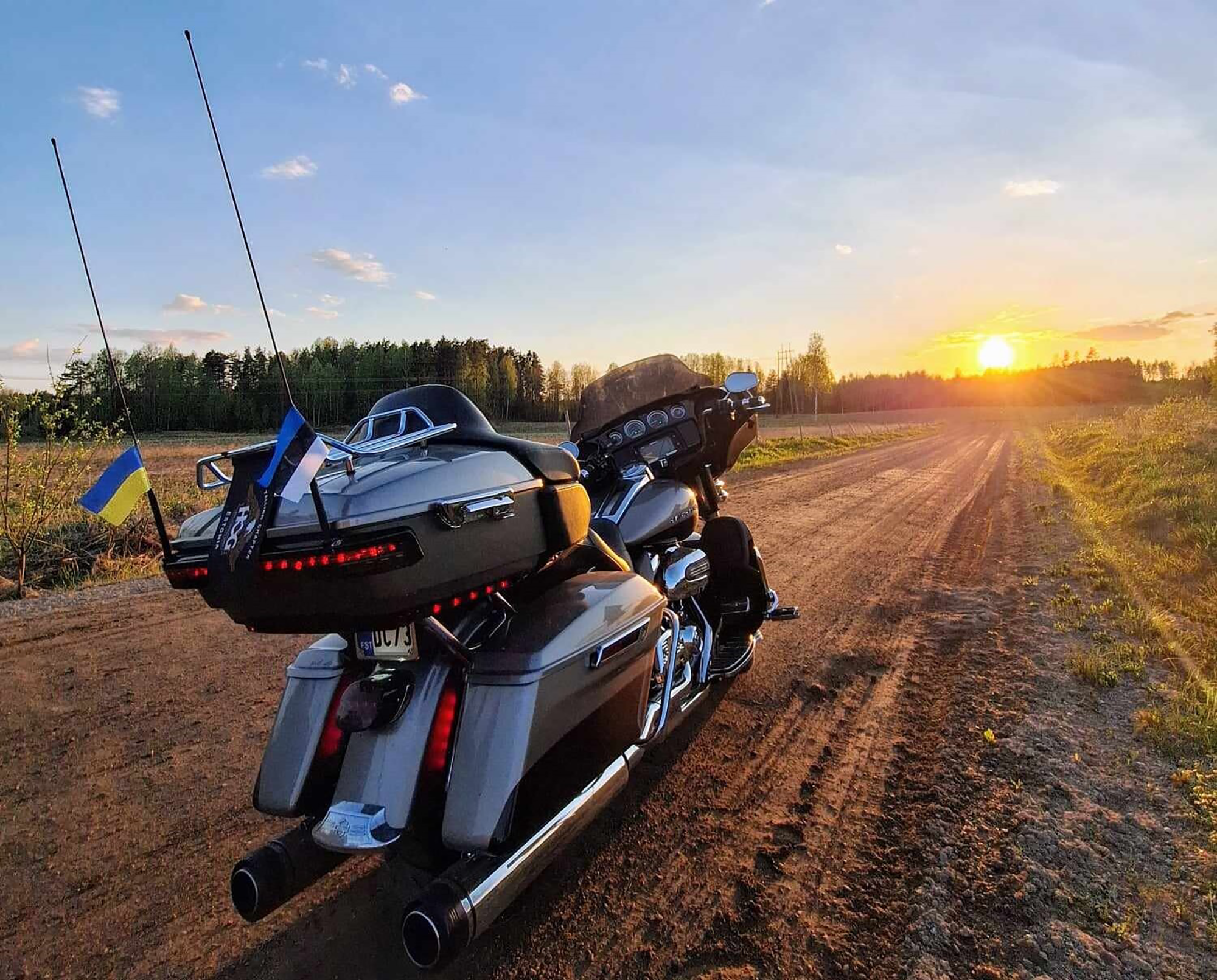
By taxi
There are several shared driving services in Estonia.
Bolt and Uber are currently the most popular taxi apps, where you can easily order taxis and verified private drivers. You have the legal right to ask for a receipt when using taxi services at all times. Taxi rates vary by company. The yellow sticker in the right rear window of each vehicle will give you an overview of prices, including price per kilometer.
By rental car or carshare
Tallinn Airport has a standard car rental desk inside the airport's public transport terminal.
The Bolt app for ordering taxis also works for their Bolt Drive carsharing system. Download the app, verify your driver's license, and you're ready to go. There's a parking lot for carshare companies at the airport around the corner from the bus terminal. You can also use the app to identify Bolt Drive vehicles around town.

Photo author: Tõnu Runnel
By ferry
For those traveling by car, taking a ferry is the most convenient way to tour the islands.
Regular ferries operate between the mainland and most of the larger islands, including Saaremaa, Hiiumaa, Vormsi, Kihnu, Ruhnu, and Aegna. Passenger ferries operate between Tallinn and the smaller Prangli and Naissaare islands.
Several tour operators offer custom trips to smaller islands. Purchasing an e-ticket ahead of time allows you to change the travel time. All the information about ferry schedules is available via veeteed.com, tuuleliinid.ee, praamid.ee, and sunlines.ee.
You can also do island hopping while visiting Tallinn (more information about ferry traffic in Tallinn).

Photo author: Georg Svidlov
By caravan
A caravan or camper van is a great option to get closer to nature.
Of course, the best time for a caravan trip to Estonia is in the summer, when most of the camping sites are open.
Camping sites are especially common in Western Estonia, Harju County, and on the country’s biggest island, Saaremaa. Remember that your car headlights need to be kept on all day, at all times. When towing your caravan, you will need to keep its backlights on.

Photo author: Margus Kontus
By bicycle
During the summer, Estonia is a popular cross-country cycling destination.
The Eurovelo route that passes through Estonia starts at the Latvian border, runs along the coast, through the islands, passes Tallinn, and heads to the Russian border via the northern coast.
Traveling through Estonia on a bike is a whole new experience. Meadows and forests alternate with villages, and it is common to stop at the nearest farm to ask for a glass of cold water. Several tourism companies around the country offer bicycle tours and rentals.
From April to October, you must buy a bicycle ticket for the train. There are a limited number of bicycle spaces on every train, so arrive at the station early or purchase your ticket ahead of time online. The ticket costs half the price of the passenger's fare.
In general, long-haul buses are required by law to take up to two bicycles if they have space in their luggage compartment. However, LuxExpress offers a free bicycle ticket; up to five bicycles can be booked for each trip (book in advance during the last step of online ticket sales). Please arrive 10 minutes before departure, so the bus driver can secure the bicycle.
To tour Tallinn, look for Citybike rental spots in the city center. Tartu, on the other hand, has a fully established city e-bike system. There are also bike rentals available in Aegviidu and on Prangli Island.

Photo author: Renee Altrov
FAQ
How many days in Estonia is enough?
It's possible to see Tallinn in three days. However, if you want to explore beyond the capital and visit destinations like Tartu, Pärnu, and/or Saaremaa, then you really need five to seven days. A week also gives you time to spend exploring nature.
Is Estonia friendly to foreigners?
Yes. Estonians may initially seem distant; however, they simply don't wish to interfere and are happy to give you space. Once you get to know them, you'll find them warm and helpful. Younger people and those working in tourist areas typically have excellent English, making it easy to communicate and ask for assistance.
Can you drink tap water in Estonia?
Yes. Estonia's water supply system provides safe drinking water; Estonians drink it every day. Tap water is as good as bottled water — and it's more sustainable.
How easy is it to travel around Estonia?
Very easy! The country is small; most cities, even Tallinn, can be explored on foot, and Estonia has an extensive bus network, WiFi-enabled trains, and inexpensive car rentals.
What is the best way to get around Estonia?
Major Estonian towns are connected by budget-friendly bus and train networks. Tallinn's public transportation system is free for residents, but visitors can use all tram and bus services by paying at the card machine closest to the driver. Rural areas, national parks, and some islands are best explored by car.
How do you travel between Tallinn and Tartu?
You can take either a train or a bus. Both options offer WiFi and take about two hours. Driving is possible, too, and gives you the chance to make more stops along the way.
How do you get to Estonia's islands?
Year-round ferry services connect Saaremaa and Hiiumaa with the mainland, while smaller islands often have seasonal ferry routes. There are also direct flights between Tallinn and Saaremaa and Hiiumaa; from summer 2026, there will be direct flights between Helsinki and Saaremaa.
Green is more than a color
It's a way of life.
Estonia’s natural environment is clean and easily accessible — forests, bogs, islands, and coastal areas are open to everyone and well looked after. The risk of natural disasters in Estonia is very low; Estonia is in the low disaster-risk category according to global indexes.
The water quality of popular beaches and bodies of water is monitored, and many recreational areas have infrastructure, such as toilets and changing places, making time spent in nature pleasant and peaceful.
Eat and drink — in Estonia, it's good for you!
Estonia's drinking water quality is high. For example, in Tallinn, tap water meets Western European standards, and people are encouraged to drink it.
Restaurants and farm products operate under a well-regulated food safety system, including requirements for allergy information and standards for market and agricultural products.
Environmental and water-quality statistics are also consistently made public, demonstrating ongoing efforts to maintain cleanliness.

Photo author: Leon Metsallik
Safe at every step
In Estonia, travelers can feel secure — the crime rate is low by European standards.
Public services, including police and rescue services, operate efficiently, and major events have good security. Larger cities have 24/7 hospitals and pharmacies, and in an emergency, you can call 112 (police, rescue service).
Estonian cities and infrastructure are clean, well-maintained, and accessible. There are clearly marked pedestrian and cycling paths, street lighting, and a high level of general public order. The traffic culture is also sensible. During the darker months of the year, pedestrians are required to wear a reflector to make them more visible to drivers.
Estonia is a politically stable country. Government transitions take place calmly, and society continues to function relatively steadily. Overall, the environment is safe for both visitors and residents.
Environmental sustainability is also a priority in Estonia. The country’s environmental policies are well established, and its natural resources are protected, both of which contribute to the country's overall well-being.
Estonian transportation map
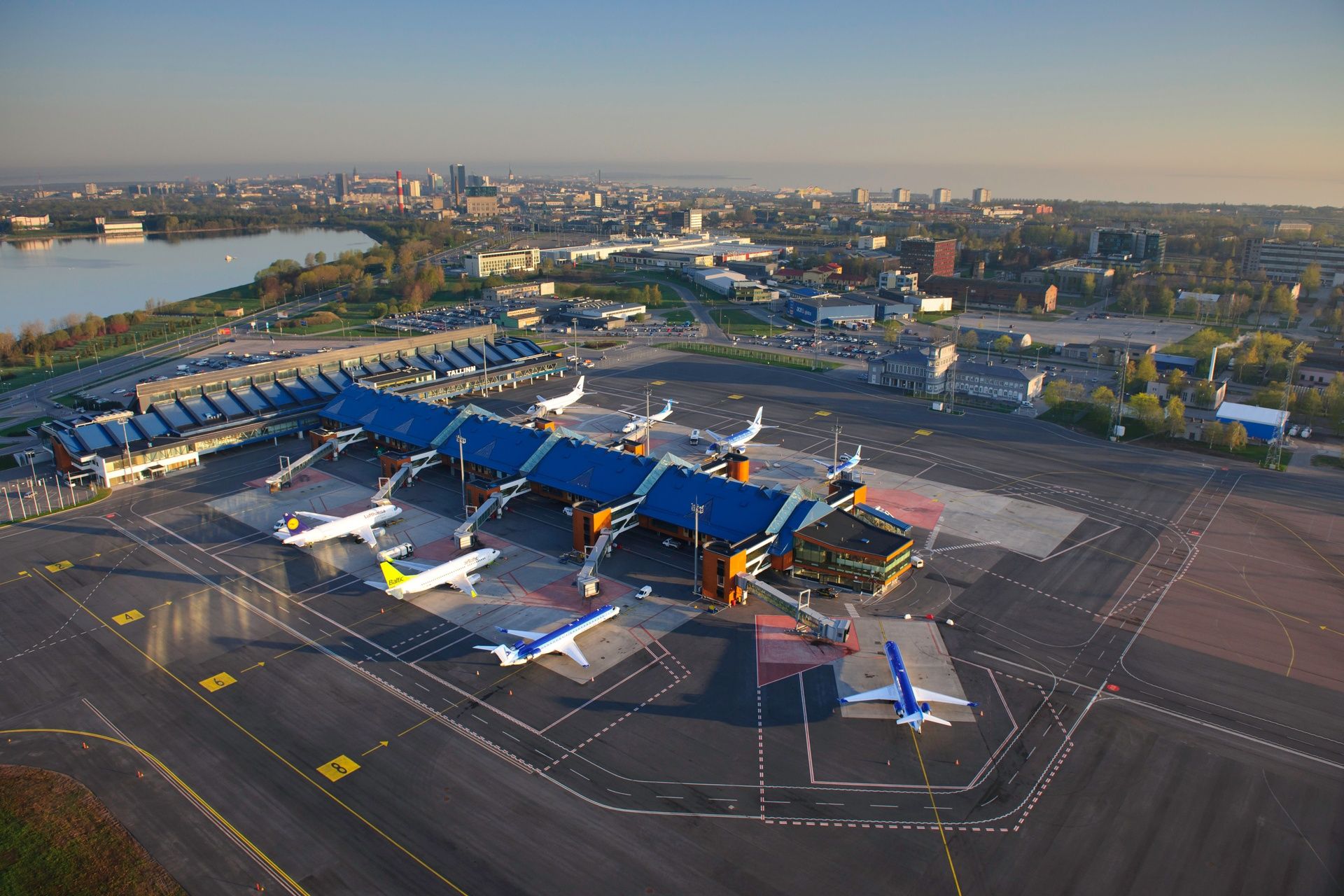
Get inspired
Last updated
02.12.2025
